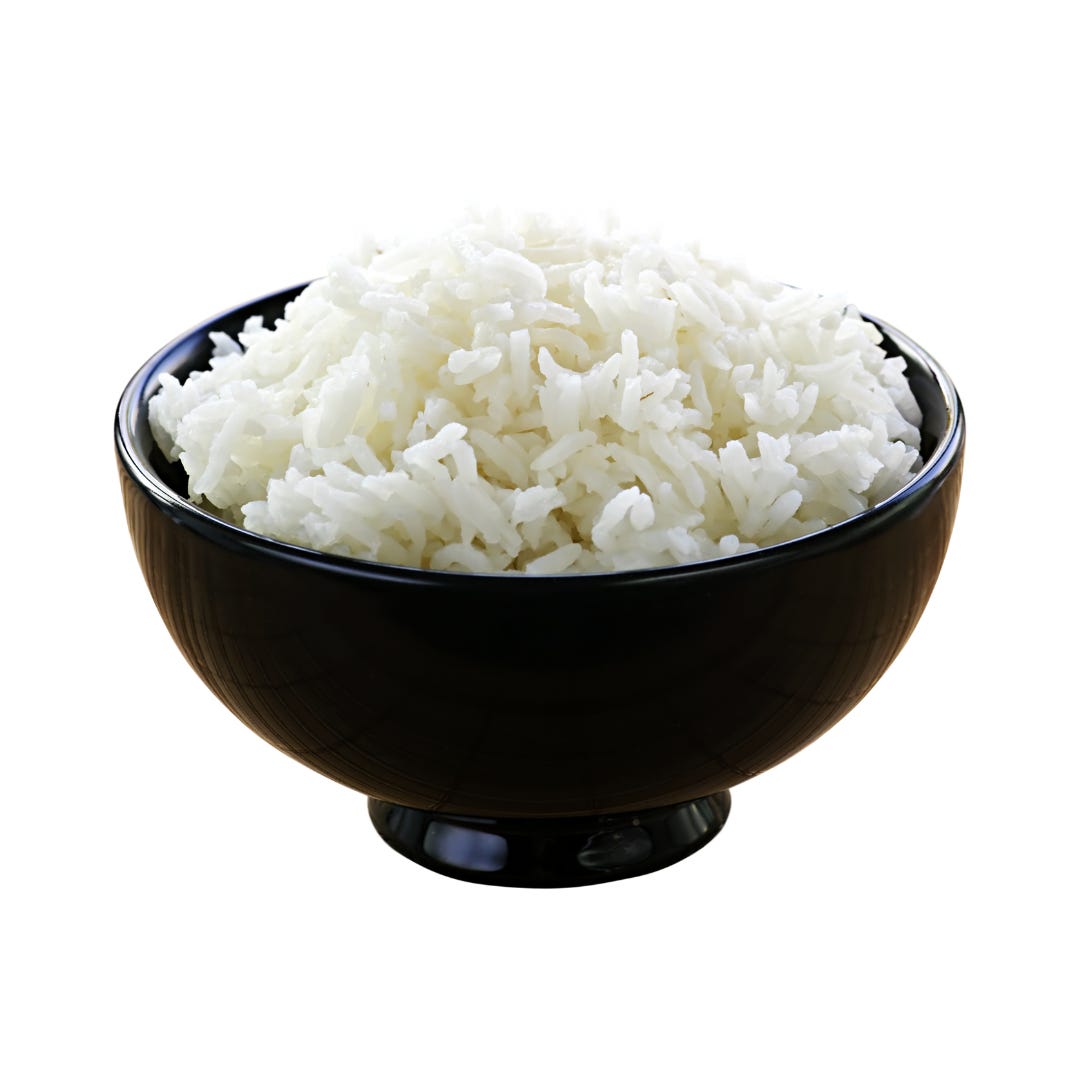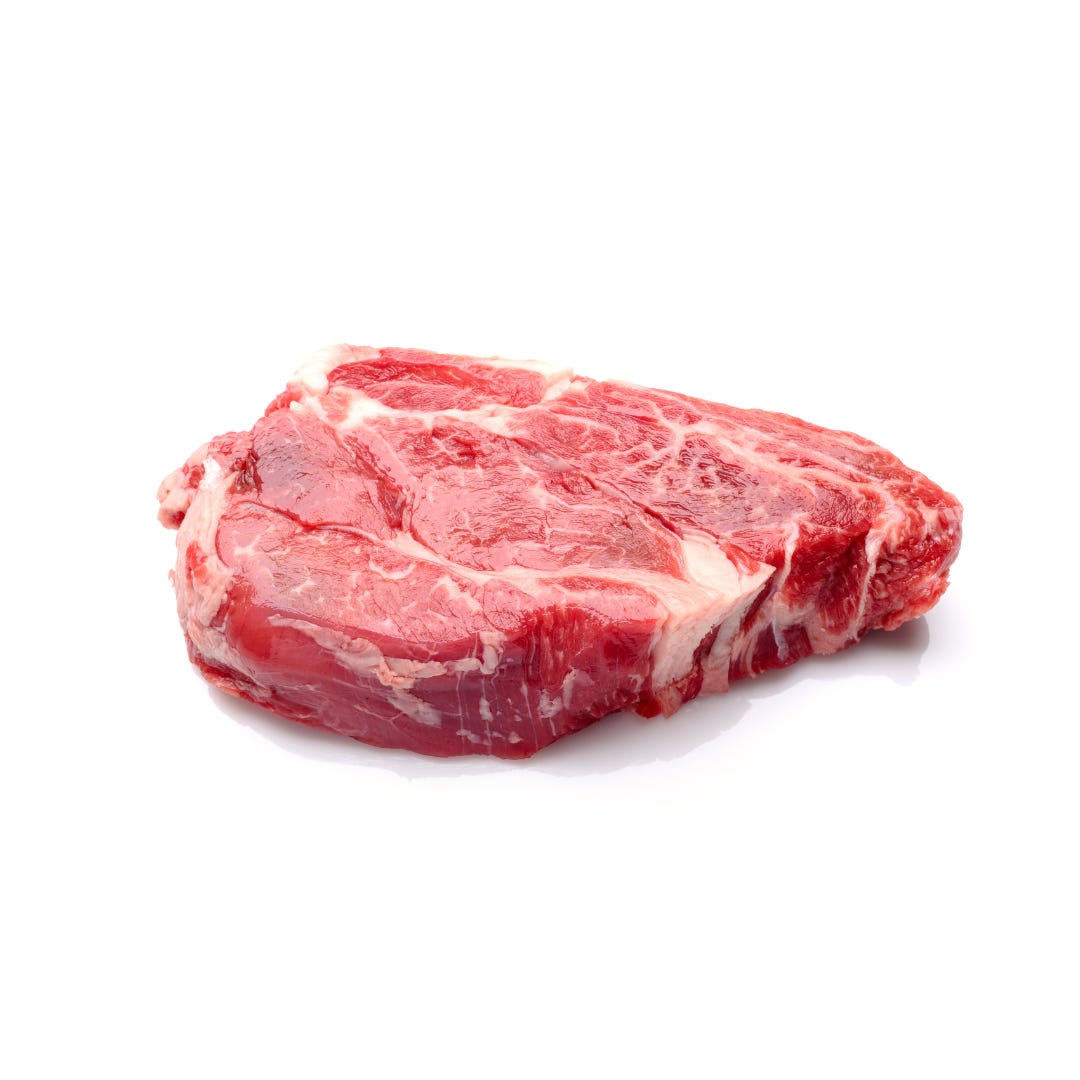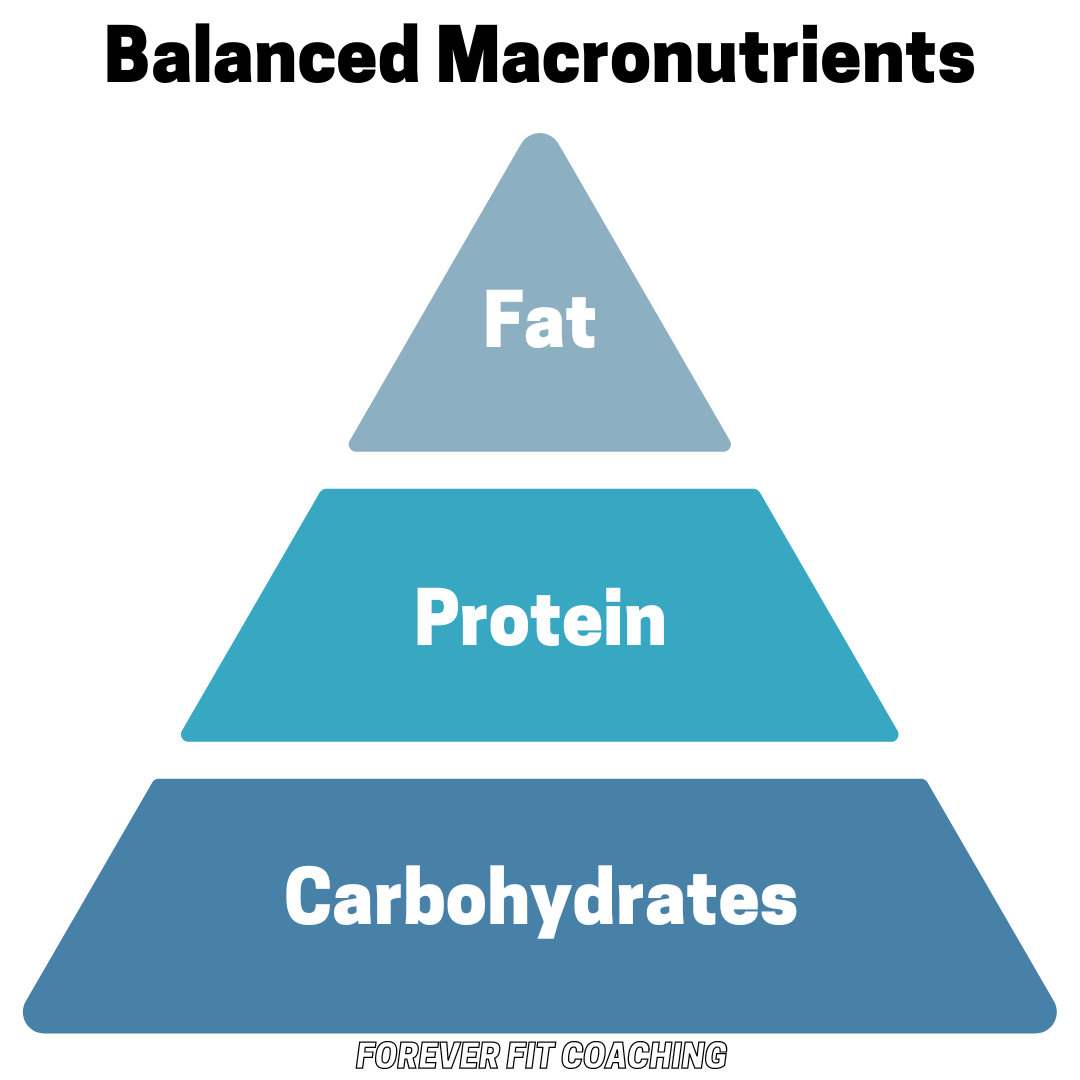How can you expect to make healthy decisions eating food if you get your nutrition information from Instagram?
What will guide you through the noise when the next trendy diet starts making headlines and everybody is jumping on board (just to jump off again in 6 weeks)?
When will you understand nutrition enough to properly educate your children on how to make healthy choices? It’s your job, after all, to raise healthy and capable members of society.
The answer to the above questions, without learning more about food as an energy source, is that you won’t, nothing, and never. Ignorance is no excuse, but lucky for you the subject can be understood with relative ease. Read this article and the coming ones to acquire a free, applicable, and step by step nutrition education that will break the shackles of ignorance or overwhelm and help you gain a clear understanding about the food you eat. (That’s the whole point of this free sub stack, so subscribe & share it with as many people as you can. Who knows, maybe if we all apply effort we can change the world.)
What are macros? What do they do?
Short for macronutrients, macros are quite literally our body’s only energy sources. It pays to know them. It doesn’t matter whether your keto, carnivore, vegan, or a fast food junkie. It doesn’t matter what type of food you eat, where your food is made, or how it’s made. All food is made up of macros. These macros comprise each and every food in varied proportions. For these reasons, it’s imperative everybody have a functional understanding go them. Let’s take a look at the 3 macros and what they do in the human body:
Fats. Fats are an important macronutrient for our body because they allow for storage of energy. Ever seen a big ole blubbery arctic seal? Fat is essential for survival, as living things we aren’t always guaranteed the next meal. With adequate fat storage we have an energy reserve to call upon in times of need. The little spare tire around your waist you hate so much? Don’t be so hard on yourself, we all have it and it just happens to be a natural place our body prefers to store fat. Dietary fats are also useful for lubricating joints, regulating hormone levels, and supporting brain health & cognitive function. Some vitamins are fat-soluble, meaning they won’t be absorbed in our body without fats present. (So, yeah, you should be cooking your veggies in extra virgin olive oil in order to obtain the vitamins & minerals.)
Carbohydrates. Carbs are essential to our body, despite being the scapegoat for obesity and heart disease. Our body prefers carbohydrates for immediate energy (remember, fats are the preferred form of stored energy). So much so, in fact, that our blood sugar (sugar/glucose=carbohydrate) varies or changes based on the carbohydrates we consume. It does so immediately, as well. Eating a carbohydrate rich meal spikes blood sugar levels. We have a circulating supply of glucose in our blood as well as a reserve in the liver. Carbohydrates are what give you the energy to get through a long work day, a tough workout, or a long run or hike. Skip them, and you’ll likely feel the drag on your energy levels.
Protein. Protein is made up of amino acids. Amino acids, if you recall high school biology, are the building blocks of life. (We could probably just stop there, lol, but we won’t.) Where to begin? In the body, protein is used for inflammatory response and repairing damaged cells (which happens a lot, you are made of trillions of cells), so it keeps us healthy. It is also essential for developing tissue like muscles, tendons, ligaments, and cartilage. Protein is also useful for managing appetite, our gut sends stronger satiety signals to the brain upon consumption of protein than other macros.
As you can see, each macronutrient plays a vital role in human health. They are each necessary to consume via diet in order to be our healthiest selves. A diet that restricts consumption of one of the macros could well be labelled extreme.
Now that we’ve covered why each macro is necessary, let’s take a deeper look at them to uncover more useful information.
Each macronutrient contains a specific amount of calories per gram. Calories are simply a measurement of energy. BUT! A gram of carbs and a gram of fats are not equal in calories. In fact, beyond each one being a necessary part of our diet, the respective macronutrients are quite different. Keep reading…
Fats contain 9 calories per gram. So 100 grams of fat = 900 calories.
For reference, a 1.5 ounce serving of caesar salad dressing has about 50 grams of fat or 450 calories.
Carbohydrates contain 4 calories per gram. So 100 grams of carbs = 400 calories.
For reference, an Oreo McFlurry from McDonalds has about 80 grams of carbs, and is about 500 calories.
Protein contains 4 calories per gram. So 100 grams of protein = 400 calories.
For reference, a 6 oz sirloin steak has about 50 grams of protein, and is around 300 calories.
Looking at these examples above, a couple ounces of salad dressing, a milkshake, and a 6 oz steak all have the same amount of calories. What does this mean? It means that if you try to subsist off of salad, dressing, sugary foods and sugary drinks you will be getting a large amount of calories, but a minimal amount of satisfaction from them. On the contrary, in fact, protein is far more satiating (makes us feel full) than carbohydrates or fats. Eating that 6 ounce steak will likely make you feel more full than the salad dressing or milkshake.
Review so far: each macronutrient is necessary to consume in our diet, although each macronutrient does not have the same calorie value. Are there further differences? Read on to find out, and subscribe if you haven’t already!
Our recent article on metabolism outlines the Thermic Effect of Food. This describes how our body literally spends more energy (calories) to break down and absorb protein sources than it does fat or carbohydrate sources. It’s a must read to explain the calorie-burning benefits of consuming more protein, you’ll want to click below and go over it.
Did you get all that? Consume each macronutrient daily, but prioritize protein and you will actually be burning more calories simply by choosing better foods. In conclusion, I will leave you with a simple graphic depicting a balanced food pyramid: Use this visual to help create an understanding of what balance actually looks like when it comes to food choices and your diet. In the next article of this series on macronutrients, we will continue to demystify macros and discuss how to apply this understanding of macros when looking at a nutrition label.
As always, if you are interest in taking a 1:1 approach to your nutrition education and regaining ownership of your food choices we have spots available for coaching. Our clients, even those pursuing weight loss, always remark how they feel like they aren’t dieting in our program (Hint: it has to do with the contents of these articles!).
“Teach a man to fish…”








